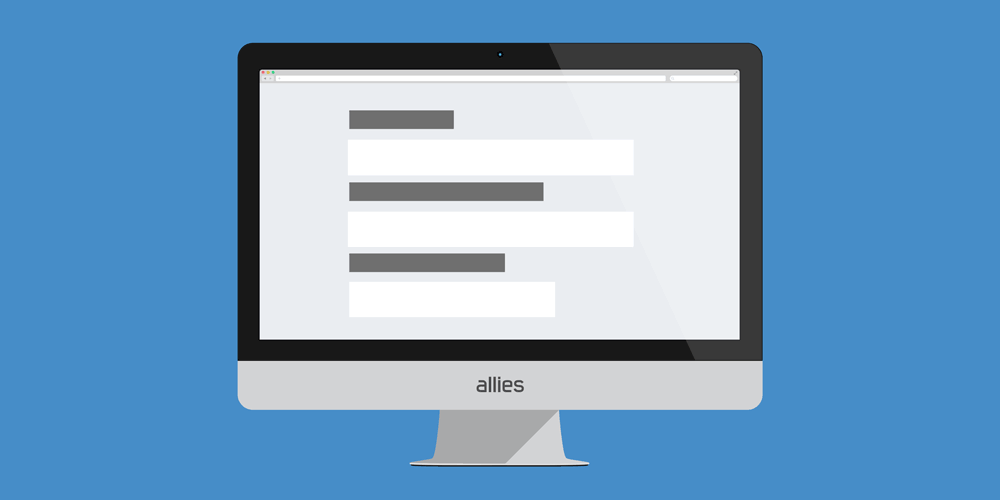Secure Your SETC credit Now!
The SETC, established in March 2020, provides essential support for self-employed people based on the challenges of COVID-19. It was implemented for people who are considered self-employed and/or with a Schedule C tax filing status. It offers financial relief through paid sick leave and unemployment benefits. The SETC credit is direct revenue back to you when awarded!

You Deserve the SETC Credit!
Your exceptional efforts and resilience during the COVID-19 pandemic highlight why you are a deserving recipient of the Self-Employed Tax Credit (SETC). Maintaining your business amidst such challenges is a testament to your hard work and perseverance, making the SETC a well-deserved acknowledgment of your contributions:
Your filed your taxes from 2019-2021
Your filing status was 10/40 and/or Schedule C
SETC Filing Service at a glance:
We've partnered with the #1 Accounting Firm nationwide to bring you a sophisticated SETC experience!
Here are the streamline steps to get started with the SETC filing service today!

Calculate the amount to be rewarded
Calculating the SETC credit these days is like using a calculator instead of an abacus. You don't need to slide beads around anymore, just a few clicks and you're done! It's so easy, even your pet could almost do it... if they had thumbs, that is!



Create an Account
Account creation is fast and easy. In just a few steps, you can quickly set up your account and start using it right away, ensuring a smooth, hassle-free experience. Once created, check your email and confirm your account.

Answer a few questions
We kindly request your participation in our quick SETC survey, which takes less than one minute to complete. This brief questionnaire is designed to gather essential insights about your filing experience. This is how we calculate your SETC credit!



Upload Documentation
To assist us in providing you with the most accurate and efficient service, simply upload your Schedule SE (Form 1040) or Schedule C. These forms are essential to understand your self-employment income and tax details accurately. You can easily upload the documents through the CPA's portal.
See What Our Customers Say About Us


Jon Talarico

My experience with RetrieveMyMoney.com's SETC service was outstanding. Their team's expertise made the process efficient and easy, ensuring a hassle-free experience. Their readiness to assist and clear guidance greatly impressed me, leading to a successful SETC benefit claim. I strongly recommend them for their top-notch, professional services.


Emerson Willis

I had a great time working with RMM for my SETC filing. Their team was helpful and made everything easy. I got my SETC benefits smoothly and recommend RMm for an easy SETC delivery. I had many questions that were all answered quickly without delay. Highly recommended to avoid strenuous servicing.


Floyd Mitchell

I'm thrilled with the SETC tax credit service I received! I got a substantial amount back, way more than I expected, and it was all in my account in just 10 days after everything was completed. This speedy and efficient service has been a game-changer for me financially. Definitely recommend this for anyone wanting a quick and hassle-free way to get their self employment tax refund.
Frequently Asked Questions
Answers To Frequently Asked Questions regarding the SETC Program
What Amount Does the SETC Credit Offer?
Get ready for a thrilling opportunity with the SETC Tax Credit! You could receive up to an incredible $32,220 based on your self-employment income in 2020 and 2021. Our calculation method is equally exciting! We determine your daily average income and factor in the days you missed work due to COVID-19. This innovative approach allows us to precisely estimate your lost wages, ensuring you get the maximum benefit you deserve!
What does the SETC Tax Credit Program entail?
In response to the COVID-19 crisis, the Families First Coronavirus Response Act (referred to here as SETC) was enacted in March 2020. This pivotal legislation aimed to support businesses in providing paid sick leave and expanded unemployment benefits during the pandemic. Initially, the SETC's primary focus was on aiding companies with W-2 employees to mitigate the financial challenges brought on by the health crisis.
Later, in December 2020, the SETC received a significant extension under the Coronavirus Aid, Relief, and Economic Security (CARES) Act. This expansion broadened the scope of the SETC to include not just traditional employers, but also the self-employed sector. Consequently, this extension opened the door for self-employed professionals, freelancers, independent contractors, and gig economy workers to access tax credits. These credits serve as a financial reimbursement for the income lost due to COVID-related disruptions, effectively compensating for the work time affected by the pandemic.
The SETC stands as a federal initiative, introduced as a direct response to the hardships of the COVID-19 pandemic. It encompasses a range of support measures, including provisions for paid sick leave, complimentary COVID-19 testing, food assistance, and enhanced unemployment benefits, along with ensuring protection for employer-provided health insurance. Crucially, for self-employed individuals, the SETC extends its benefits through tax credits. These credits can be claimed on your annual income tax returns, offering a form of compensation for periods when COVID-19 may have impacted your ability to work.
Is it possible to be eligible for SETC tax credits even when employed as a W2 worker?
Even if you are a W2 employee, you might still qualify for SETC tax credits, especially if you have earned income from self-employment during 2020 and/or 2021. However, if you're a W2 employee and your employer has already claimed FFCRA credits for you, this could reduce the amount of credit you're eligible for due to the FFCRA wages paid on your behalf.
As an employee receiving paid leave benefits, this could impact the level of tax credit you're entitled to as a self-employed individual under the SETC. It's important to note that you cannot claim the same benefits twice for the same time-period. Nonetheless, if the benefits you receive as an employee do not fully cover your needs, there may be an opportunity to claim additional credits, reflecting your self-employment earnings.
How do the SETC and FFCRA differ from each other?
The term SETC, commonly understood as Self-Employed Tax Credit, describes the specific tax credits for sick and family leave available to self-employed individuals, as established under the FFCRA (Families First Coronavirus Response Act). Essentially, the primary distinction lies in the target beneficiaries; SETC is designed specifically for self-employed professionals, while FFCRA is intended for traditional employees.
Does the SETC tax credit apply to gross or net self-employed income?
Eligibility for the self-employed tax credit hinges on having a positive net income, which is your income after all deductions, from self-employment activities during any of the years 2019, 2020, or 2021. Additionally, qualification is contingent upon having specific days impacted by COVID-19. This requirement ensures that the credit is targeted towards individuals who were actively engaged in self-employment and experienced a direct impact from the pandemic during these specified years.
What are the eligibility criteria for SETC tax credits?
Eligibility for the SETC (Self-Employed Tax Credit) is determined by a set of specific criteria:
Firstly, you should be a self-employed individual. This category encompasses various roles, such as sole proprietors, independent business owners, 1099 contractors, freelancers, gig economy participants, and single-member LLCs that are taxed as Sole-Proprietorships.
Additionally, to qualify, you need to have submitted a Schedule SE with your IRS Tax Form 1040 for either 2020 and/or 2021, demonstrating positive net income. This indicates that you have incurred and paid self-employment tax on your earnings for any of these years: 2019, 2020, and/or 2021.
Moreover, eligibility requires that you have experienced work absences due to circumstances related to COVID-19. This component is crucial as it aligns the credit with its intended purpose of aiding those impacted by the pandemic.



